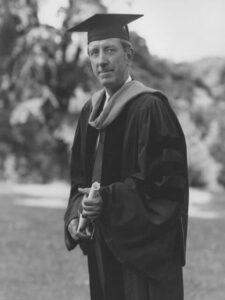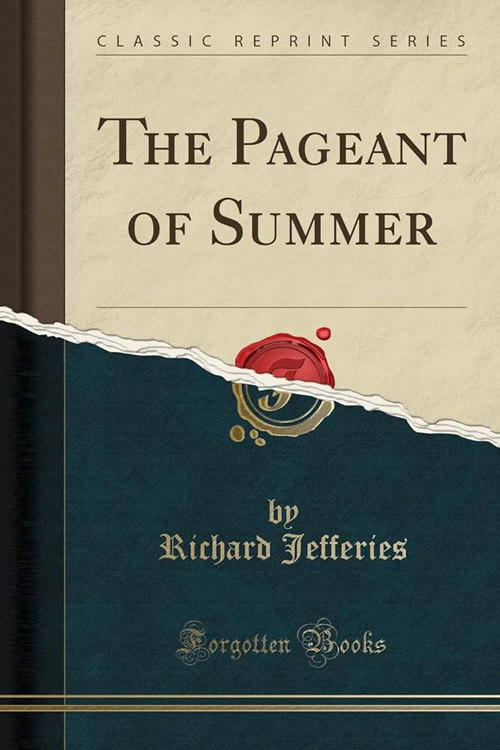
An Introduction to the Birds of Pennsylvania
Only a few ornithologists can have a complete collection of birds for reference. Everyone can save the feathers of birds or old nests; however, when birds are found dead, they may be saved as specimens if a permit for holding them is requested from the State Game Commission. When I was a lad, I saved feathers that I found in the woods and had a large collection of these. Some of them, I later found, were all that were needed to authenticate a good record.
You will find it helpful to visit a good museum occasionally to have a close view of the birds you have been reading about or studying under difficulty in the field. Here, you will see the colour patterns, the anatomical characteristics, and the actual size of the birds that have puzzled you.
FIELD-GLASSES
A good binocular, preferably one that magnifies about six times, dramatically aids the amateur. The field of the glass, its illumination, ease of adjustment, and such points should be investigated before the purchase is made. A well-made glass with suitable lenses is probably the best in the long run, even though it is more expensive. Glasses should be handled carefully. They should have good carrying skills and not be left lying in the sun or exposed to the rain.
BOOKS
Many excellent standard works on birds are available. When I was a youngster, I wore out three volumes of Dr. Frank M. Chapman’s Bird-Life; I devoured the reading matter, cut up the pictures, and studied the artist’s technique. By the time I had destroyed the third copy of this helpful volume, I knew the birds treated there pretty well. Chapman’s Handbook of Birds of Eastern North America is a desk-side companion today. The little pocket volumes called Bird Guides, by C. A. Reed, are helpful; but the color-plates in them have been used so many times that they are worn out, resulting in the colours being often very misleading.
Read or download Book
George Miksch Sutton
George Miksch Sutton (May 16, 1898, Bethany, Nebraska – December 7, 1982) was an American ornithologist and bird artist.
Biography.
He published numerous technical papers in ornithology and more famous works illustrated with his art. His early artistic work was inspired and tutored by Louis Agassiz Fuertes. In 1931, he was the first ornithologist to find the eggs of the Harris’s sparrow, one of the last North American birds to have its nest and eggs described. In 1935, he was part of the team of Arthur Augustus Allen during an expedition to the Singer Tract in Louisiana to make sketches of ivory-billed woodpeckers. He did extensive fieldwork in the Arctic (including Iceland), Oklahoma, Labrador, and Mexico. He received his doctorate from Cornell University and held academic posts at the University of Michigan and the University of Oklahoma, Norman. The George M. Sutton Avian Research Center in Oklahoma was named after him.
His book-length works include:
- Mexican Birds: First Impressions (1951)
- Iceland Summer (1961)
- Oklahoma Birds (1967)
- High Arctic (1971)
- At a Bend in a Mexican River (1972)
- Portraits of Mexican Birds (1975)
- Fifty Common Birds of Oklahoma (1977)
- To a Young Bird Artist (1979)
Books illustrated by Sutton include:
American Bird Biographies (1934); author – Arthur A. Allen, PhD; publisher – Comstock Publishing Company, Inc.; detail – 10 colour plates and 10 wash drawings
The Golden Plover and Other Birds (1939); author – Arthur A. Allen, PhD; publisher – Comstock Publishing Company, Inc.; detail – 7 colour plates
Birds of Western Pennsylvania (1940); author – W. E. Clyde Todd; publisher – the University of Pittsburgh Press; detail – 23 colour plates showing 81 species, and 60 pen-and-ink drawings.
He also drew the burrowing owl that is now used as the Nebraska Ornithologists’ Union logo.






